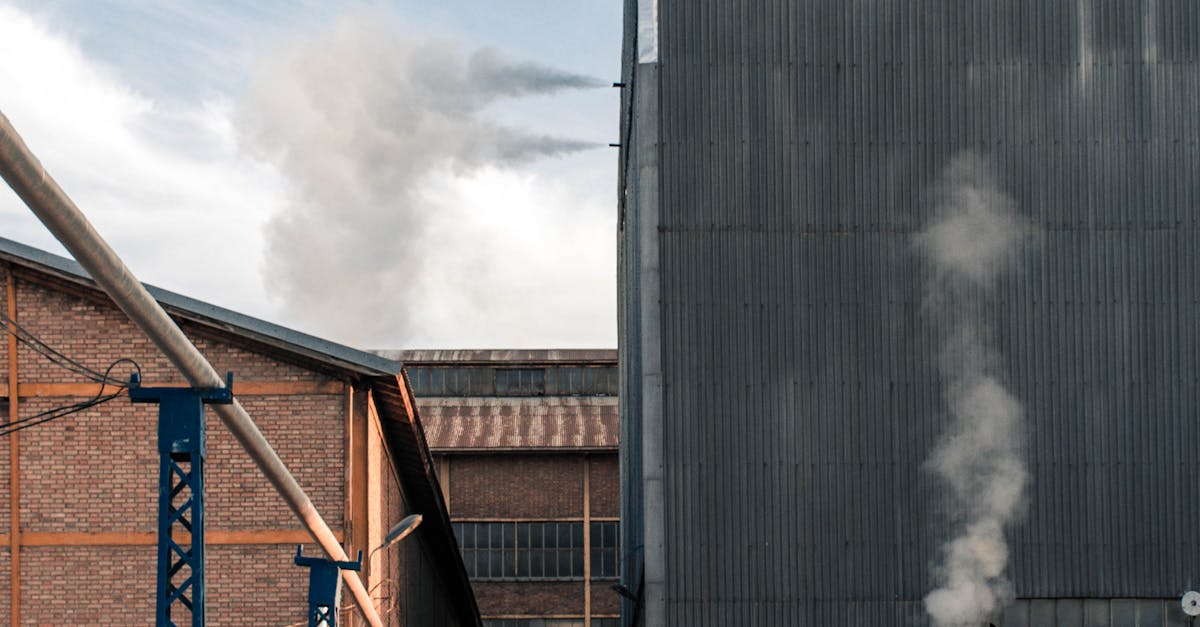
Table Of Contents
Common Issues with Backflow Prevention Systems
Backflow prevention systems play a crucial role in ensuring the safety and quality of potable water supply. However, these systems are not immune to occasional issues that may compromise their effectiveness. In Clyde North, Victoria, backflow prevention systems commonly face challenges such as valve failure, improper installation, and lack of regular maintenance. These issues can result in the contamination of the water supply, posing significant health risks to the community. It is essential for property owners and water authorities to address these issues promptly to uphold the integrity of the water distribution system and safeguard public health.
When backflow prevention systems in Clyde North, Victoria experience problems, it is vital to conduct thorough inspections and testing to identify the root cause of the issue. Water authorities and certified technicians should collaborate to troubleshoot any failures in backflow devices and take necessary corrective measures. Proper documentation of the maintenance and repair activities is essential to track the system's performance over time and ensure compliance with Australian standards for backflow prevention. Proactive monitoring and timely intervention are key to maintaining the functionality and reliability of backflow prevention systems in safeguarding the potable water supply for the community.
Troubleshooting Backflow Device Failures
Troubleshooting backflow device failures is crucial to maintain the integrity of water supply systems. In Narre Warren South, Victoria, backflow prevention is a top priority to ensure the safety of potable water. When encountering issues with backflow devices, it is imperative to first inspect for any visible signs of damage or blockages. Regular maintenance and testing can significantly decrease the likelihood of failures within the system. Identifying and rectifying problems promptly is essential to prevent contamination of the water supply, safeguarding the health of the community.
In cases where backflow device failures persist, seeking professional assistance is recommended. Local authorities in Narre Warren South are equipped to provide expertise in troubleshooting backflow prevention systems. Through thorough examination and testing, specialists can pinpoint the root cause of failures and implement appropriate solutions promptly. Timely intervention and adherence to Australian standards for backflow prevention are crucial in ensuring the continuous protection of the water supply system against potential hazards.
Benefits of Installing Backflow Prevention Measures
Installing backflow prevention measures is essential for safeguarding the quality of potable water supply in residential and commercial settings. In Narre Warren South, Victoria, backflow prevention plays a crucial role in ensuring that the water being consumed remains free from contaminants and pollutants. By implementing these measures, property owners can uphold the integrity of their water supply and contribute to the overall health and safety of their community.
Moreover, investing in backflow prevention measures can result in long-term cost savings by mitigating the risks associated with water contamination. By proactively addressing potential backflow issues, property owners in Narre Warren South, Victoria, can avoid costly repairs, regulatory fines, and damage to their plumbing systems. By prioritizing the installation of backflow prevention devices, individuals can protect their investments and uphold the standard of water quality in their respective properties.
Safeguarding Potable Water Supply
To ensure the safety and quality of potable water supply systems, implementing robust backflow prevention measures is crucial. Backflow prevention safeguards against the contamination of drinking water with harmful substances. In Australia, particularly in Victoria, backflow prevention systems play a pivotal role in maintaining the integrity of the water supply by preventing the reverse flow of polluted water back into the mains.
Backflow incidents pose a significant risk to public health, as they can introduce contaminants such as chemicals, bacteria, and other pollutants into the potable water system. By adhering to the Australian standard for backflow prevention, water authorities can effectively mitigate these risks and safeguard the health of consumers. The stringent guidelines outlined in the Victoria Backflow prevention standards ensure that water remains safe for consumption, underscoring the importance of prioritising the protection of our water supply.
Cost Considerations for Backflow Prevention Implementation
Cost considerations for backflow prevention implementation can vary depending on several factors. In Berwick, Victoria, backflow prevention measures are essential to protect the potable water supply from contamination. The cost of implementing backflow prevention systems includes the initial installation expenses, maintenance costs, and potential upgrades to comply with Australian standards. Factors influencing the overall cost may include the complexity of the plumbing system, the type of backflow prevention device required, and ongoing testing and certification expenses.
Although costs for backflow prevention implementation can be a concern for some, the benefits far outweigh the initial financial investment. Ensuring the safety and quality of the potable water supply in Berwick, Victoria through backflow prevention measures is crucial for protecting public health and complying with Australian regulations. By investing in a reliable backflow prevention system, property owners not only maintain compliance with standards but also mitigate the risks associated with water contamination.
Factors Influencing Backflow Prevention System Costs
Factors influencing backflow prevention system costs vary widely depending on the specific circumstances. In Clyde North, Victoria, backflow prevention installations may incur different expenses based on factors such as the type of property, the size of the water system, and the complexity of the backflow prevention measures required. Plumbers and backflow prevention specialists will assess these aspects to determine the most suitable and cost-effective solution for each situation. Additionally, the quality of materials used and the level of expertise of the professionals involved can also impact the overall expenses associated with implementing a backflow prevention system in Clyde North, Victoria.
Furthermore, the geographical location of a property in Clyde North, Victoria can influence the costs of backflow prevention systems. Areas prone to harsh weather conditions or high levels of environmental contaminants may require more robust backflow prevention measures, which can lead to higher installation and maintenance costs. Local regulations and compliance standards set by authorities in Clyde North, Victoria must also be considered, as non-compliance can result in penalties and additional expenses. Therefore, it is essential for property owners in Clyde North, Victoria to work closely with experienced professionals who understand the unique factors affecting backflow prevention system costs in the area.
FAQS
What is the Australian standard for backflow prevention?
The Australian standard for backflow prevention is AS/NZS 3500.1:2018, which outlines the requirements for preventing contamination of potable water supplies.
Why is backflow prevention important in Australia?
Backflow prevention is important in Australia to protect the quality of drinking water and prevent the risk of contamination from backflow incidents.
Who is responsible for ensuring compliance with the Australian standard for backflow prevention?
It is the responsibility of property owners, plumbers, and water authorities to ensure compliance with the Australian standard for backflow prevention.
Are there specific measures that need to be implemented to comply with the Australian standard for backflow prevention?
Yes, the Australian standard for backflow prevention requires the installation of backflow prevention devices, regular testing, and maintenance to ensure compliance.
How can I find qualified plumbers or professionals to help with backflow prevention measures in Australia?
To find qualified plumbers or professionals for backflow prevention in Australia, you can contact your local water authority or plumbing regulatory body for a list of approved professionals.





